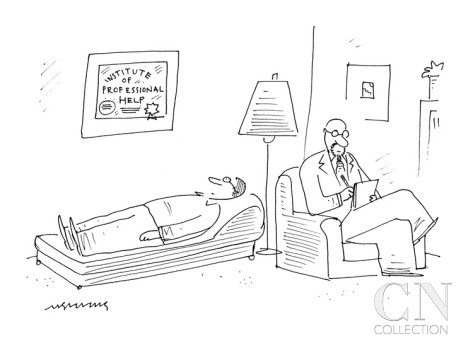
[1]
…by 1960 psychoanalytically oriented psychiatry had become the prevailing model for understanding all mental and some physical illnesses.
…the whole thrust of psychoanalytic psychiatry at the Massachusetts Mental Health Center, and perhaps at Harvard Medical School in general, was not simply to develop better psychiatrists but to develop better therapists—therapists prepared to understand and empathize with the patients’ existential problems.
…a lack of critical questioning seemed to be widespread in Boston and at many other institutions on the east and west coasts of the country. There were… no grand rounds at the Massachusetts Mental Health Center. No outside speakers were invited to address the house officers on a regular basis to discuss current clinical or scientific issues.
…in 1965… several of us tried to recruit a psychiatrist in the Boston area to speak about the genetic basis of mental illness. We could find no one; not a single psychiatrist in all of Boston was concerned with or even had thought seriously about that issue…
…new and effective treatments, in the form of psychopharmacological drugs, began to be available. Initially, a number of supervisors discouraged us from using them, believing that they were designed more to aid our anxiety than that of the patients.
…scholarly concerns were not lacking at Washington University under Eli Robins, at a number of other centers in the Midwest, or at Johns Hopkins University under Seymour Kety…
By the mid-1970s… psychiatry… had effective treatments for the major mental illnesses and something that began to approach a practical cure for two of the three most devastating diseases: depression and manic-depressive illness.
…led first by Eli Robins at Washington University and then by Robert Spitzer at Columbia University’s New York State Psychiatric Institute, new clinically validated and objective criteria were established for diagnosing mental illness.
…Seymour Kety used his leadership position at NIH to spark a renewed interest in the biology of mental illness and specifically in the genetics of schizophrenia and depression.[2]
- Stevens, Mick. “man lying on psychiatrist’s couch looks up at diploma on wall: ‘Institute… – Cartoon.” CondeNastStore, www.condenaststore.com/-sp/man-lying-on-psychiatrist-s-couch-looks-up-at-diploma-on-wall-Institute-Cartoon-Prints_i8640495_.htm. Accessed on 12 Nov. 2016.
- Kandel, Eric R. “Biology and the future of psychoanalysis: a new intellectual framework for psychiatry revisited.” American journal of Psychiatry 156.4 (1999): 505-524.